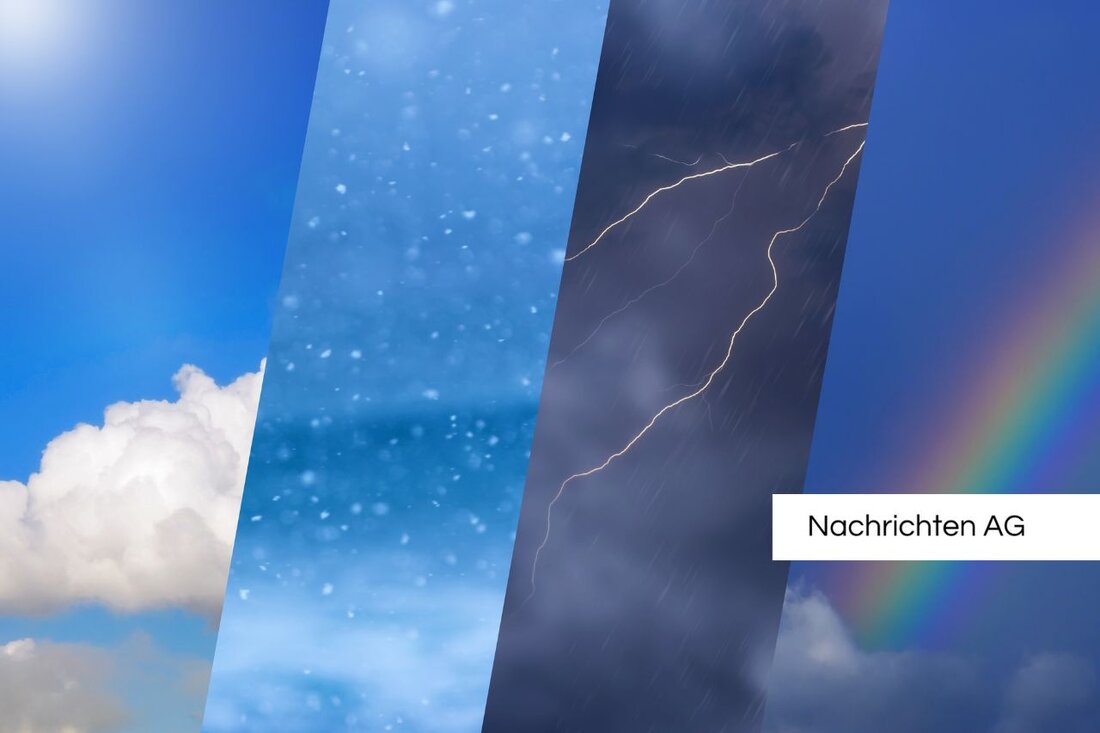Heat alarm in Bavaria: Be careful of deadly UV radiation!
On June 13, 2025, the DWD in Fürstenfeldbruck warns of extreme UV radiation and health risks from heat.

Heat alarm in Bavaria: Be careful of deadly UV radiation!
It's a hot summer day on June 13, 2025, and the temperatures in Bavaria are shooting over 30 degrees. The German Weather Service (DWD) has issued a heat alarm and urgently warns of a health risk from UV radiation. The UV danger index is particularly high, even reaching level 9 in parts of Upper and Lower Bavaria, which is considered a very high health risk reports the tz.
The affected districts such as Freising, Munich and Dachau are facing a serious threat. Scientific evidence shows that UV radiation is the main cause of skin cancer. According to the International Agency for Research on Cancer, UV radiation is carcinogenic to humans, underscoring the urgency of the issue. More than two decades ago, the numbers were 29,250 cases of skin cancer in Bavaria, while in 2023 they have already risen to 71,150. Of particular concern is the rapid increase in non-melanoma skin cancers, which have tripled in recent years states the BFS.
Health risks and protective measures
Exposure to UV radiation poses not only acute but also long-term health risks. Even 20 percent of daily working hours outdoors can lead to high UV exposure, which is particularly alarming for the approximately seven million people in Germany who work outdoors. Occupational diseases such as squamous cell carcinoma are due to natural UV radiation and are increasingly being recognized. By 2022, over 38,617 cases have already been registered here explains the DGUV.
The forecasts are also clear: a global temperature increase of just 2°C could increase skin cancer incidence by up to 11% by 2050. Therefore, protective measures for prevention should be taken seriously. Recommended measures include:
- Tragen von Sonnenschutzmitteln mit hohem Lichtschutzfaktor.
- Verwendung schützender Kleidung.
- Aufsuchen von Schatten, besonders in den Mittagsstunden.
Climate change, combined with a depletion of the ozone layer and more frequent low ozone events, is causing UV pollution to increase in many regions.Heat and heat stress in cells exposed to UV exposure can inhibit programmed cell death and thus increase the risk of skin cancer.This is a serious warning, not only for health authorities, but also for each individual to be vigilant and take preventative measures.

 Suche
Suche
 Mein Konto
Mein Konto